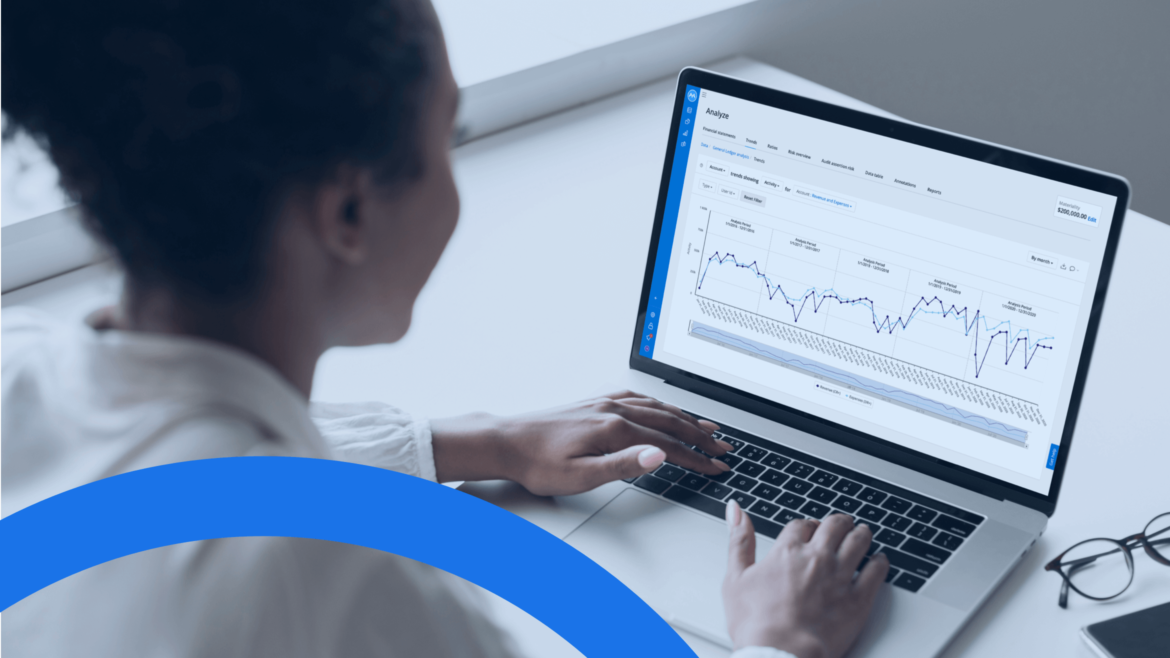In Accounting Standards Codification 842, the Financial Accounting Standards Board made significant changes to the way companies must identify and report on leases. For example, while organizations were previously allowed to disclose information about their operating leases in financial statement footnotes, under the new standard, they must include both operating and finance leases on their balance sheets. Although public companies are already required to comply, for private companies, the standard became effective for fiscal years beginning after December 15, 2021, which means that they are now addressing the implementation of this complicated standard.
Under the standard, a lease is “a contract, or part of a contract, that conveys the right to control the use of identified property, plant, or equipment (an identified asset) for a period of time in exchange for consideration.” It’s a seemingly straightforward requirement, but in its scope, it opens new risks. Many leases, such as those for renting an office or warehouse or company cars, will be easy to identify, but some may be more complicated. That’s particularly true of embedded leases, which are contained within other arrangements and have not been previously labeled as leases or understood as being one.
Companies may be surprised at where embedded leases can be found. For example, a business may enter into a service contract when it advertises on a billboard owned by another organization. However, its right to use that billboard may qualify as an embedded lease under the standard. Organizations may have embedded leases if they are involved in an outsourcing arrangement or if they have the right to use or control the use of a pipeline, production line, warehouse, or railcar, for example. If an organization works with many IT vendors, there’s a high risk that a contract has an embedded lease if it includes the use of hardware. Companies must analyze the right to use various assets to determine if that use meets the definition of a lease under the standard.
There is a great deal of concern about how best to identify and properly record these embedded leases. Further complicating the process is the fact that employees throughout an organization who regularly enter into contracts must now understand the need to identify and report possible embedded leases within those agreements.
Given those challenges, how can companies ensure they have identified all of their embedded leases? How can auditors gain comfort in completeness, meaning that all assets and liabilities have been properly recorded? There will be a great deal of uncertainty in the first year of implementation for private companies and perhaps even going forward for public companies as they work through implementation, because the process of lease identification is ongoing. Fortunately, innovative use of anomaly detection can provide an efficient and reliable way to identify embedded leases.
The Value of Anomaly Detection
MindBridge is a leader in cloud-first Ai financial risk discovery and anomaly detection software. Anomalies can be categorized into different types:
- Known knowns, such as month-end close journal entries, are recognized issues but fairly rare.
- Known unknowns or frequent issues such as missed codings or something charged to the wrong expense code with no apparent reason.
- Unknown unknowns or an unfamiliar occurrence that is unexplainable.
How is MindBridge anomaly detection put to work in a traditional audit engagement? As an example, MindBridge’s accounts payable module compares every vendor’s payment stream to spot unusual amounts for that account. A double rent payment, for example, may make sense if it occurs at the beginning of a lease when a deposit is often due, but may indicate an error if found elsewhere.
MindBridge uses machine learning to examine the structures of transactions and find the differences. Consider a company that has a robust accounts receivable process. Normally, a transaction would move from revenue to accounts receivable then to cash. If instead it moves from revenue to cash, that indicates that something has happened in the control environment to interrupt the normal movement of that transaction. The software identifies this type of outlier across millions of transactions so that companies or auditors can determine if they indicate some form of risk.
A Red Flag
While anomalies can provide valuable insights when it comes to finding embedded leases, it’s actually valuable to focus on the lack of an anomaly. That means finding cases where, for example, a vendor has a fairly consistent payment stream. There would be a low level of anomalies because similar payments are being made to that vendor on a regular basis.
Vendor payments that are consistent in nature may have a higher likelihood of containing an embedded lease as compared to more variable payment streams for items that are eventually accounted for, such as costs of goods sold. Leases usually require a set payment at specified times. Being able to see this kind of regularity—or lack of anomaly—can lead companies and auditors to embedded leases they may have missed.
There is no defined materiality level in the standard for the recognition of a lease, but capitalization thresholds should be taken into account. MindBridge can spot recurring payment streams that are over a certain materiality level. It can identify what is “normal” for each vendor, then enable companies or auditors to identify the vendors with the lowest number of abnormal amounts.
Meaningful Improvement
The challenge for companies and auditors is to consider how risk analytics tools can accomplish traditional tasks more efficiently and effectively. Adopting risk analytics does not have to be about rethinking the audit. It can be about making incremental but meaningful efficiencies. In this instance, the ability to more reliably spot embedded leases can significantly minimize the time and risk involved in an audit.
Learn more about how MindBridge can help your business identify embedded leases. Contact us at info@mindbridge.ai




